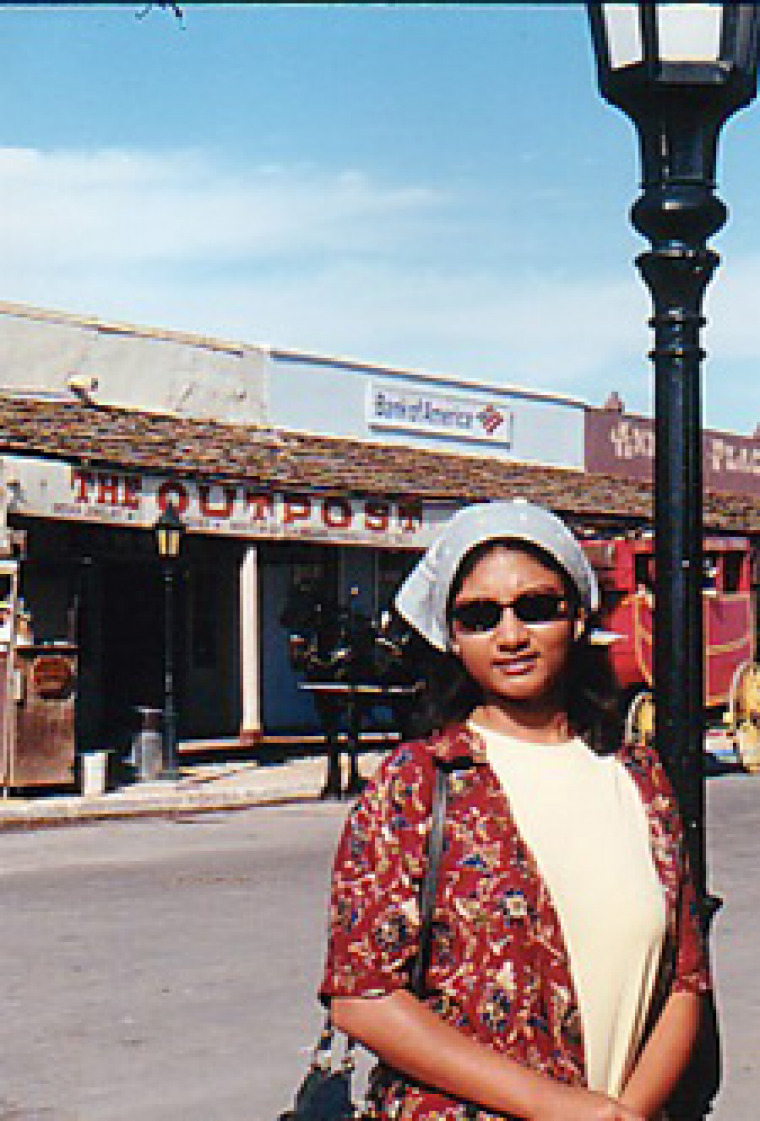Sanchita Sengupta

Sanchita Sengupta, sponsored by the University of Arizona Land Grant/Space Grant Geospatial Extension Specialist Program
Currently there is a boom in the West, marked by rapid development and driven by higher levels of individual income. There is a phenomenal amount of in-migration of people from other states to the Western region comprising mainly the eight states of Arizona, Colorado, Idaho, Montana, Nevada, New Mexico, Utah and Wyoming, that is changing the native biodiversity of this region. These changes are mainly due to the conversion of private agricultural land mainly ranches occupying huge tracts of land to rural subdivisions or smaller ranchettes or hobby ranches. Immediate consequences of these changes are loss of open spaces and increased crowding of the rural areas. Other ramifications of the problem are imbalances in biodiversity caused due to overgrazing in these sensitive semi-arid areas.
I am a student at the Agricultural and Resource Economics Department at the University of Arizona and I have been working with the Arid Land Department on studying the causes behind these changes that are taking place. My study involves quantifying the extent of this problem. I am trying to estimate the demand for the ranchettes or the ownership of a second home in the rural areas and to identify the people who are migrating as well as where they are migrating. I am using econometrics tools to estimate the probability of ranchette formation based on the desire for open space, distances from the civic amenities and other geophysical characteristics like scenic beauty of the place which is assumed to depend on elevation, greenness and precipitation of the area. Once the potential areas for ranchette formation are identified, necessary steps can be taken to prevent any adverse effects of land subdivision. For the extension program I want to develop a model that will be helpful in analyzing policy and management issues for ranch and ranchette development in a way that prevents any adverse effects on the environment. Thus it is imperative to recognize who and where are the target people who would benefit most from the extension work. For this I am thankful for the support from the assessor's offices at Yavapai and Cochise county and the extension agents of the University of Arizona in various counties.

